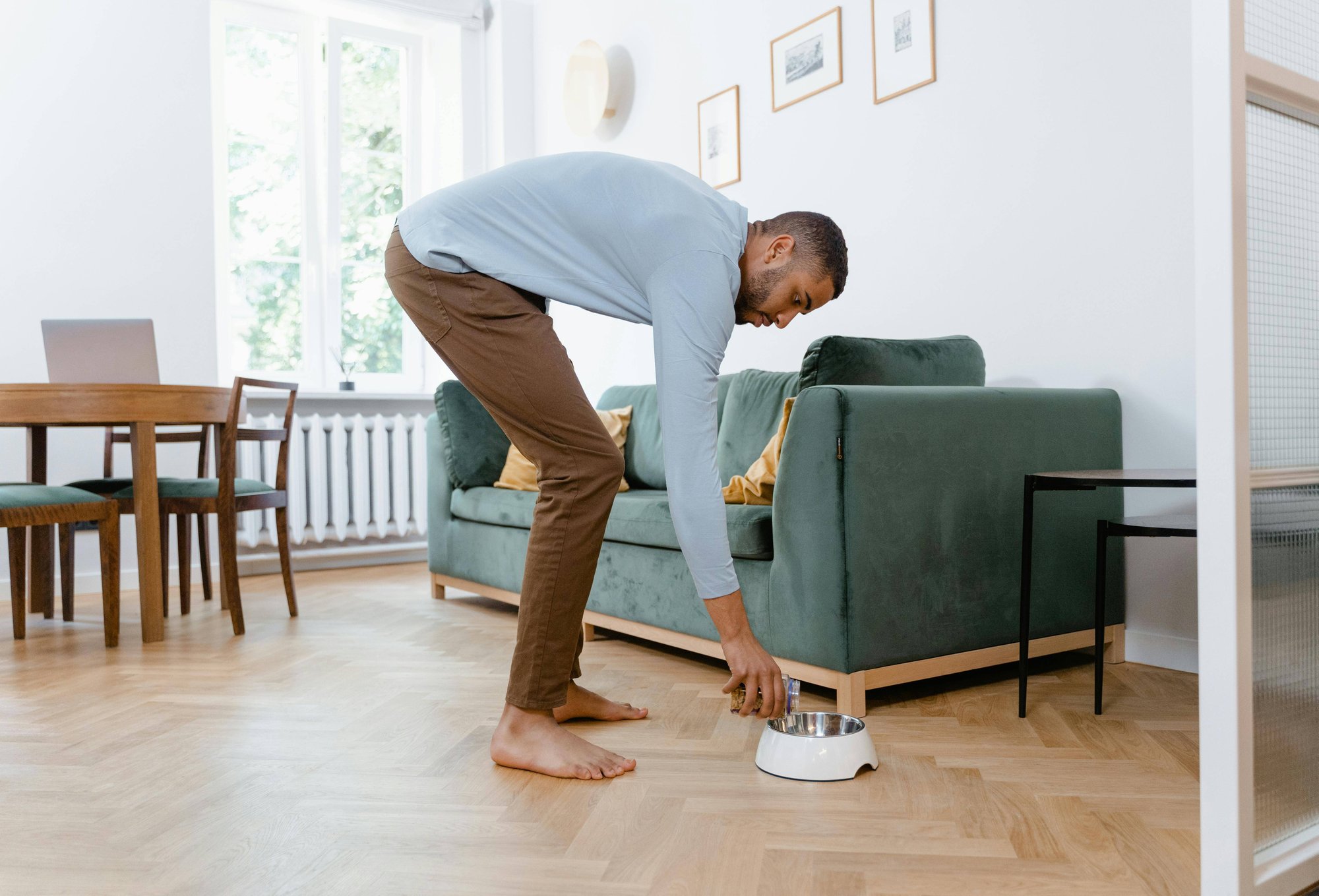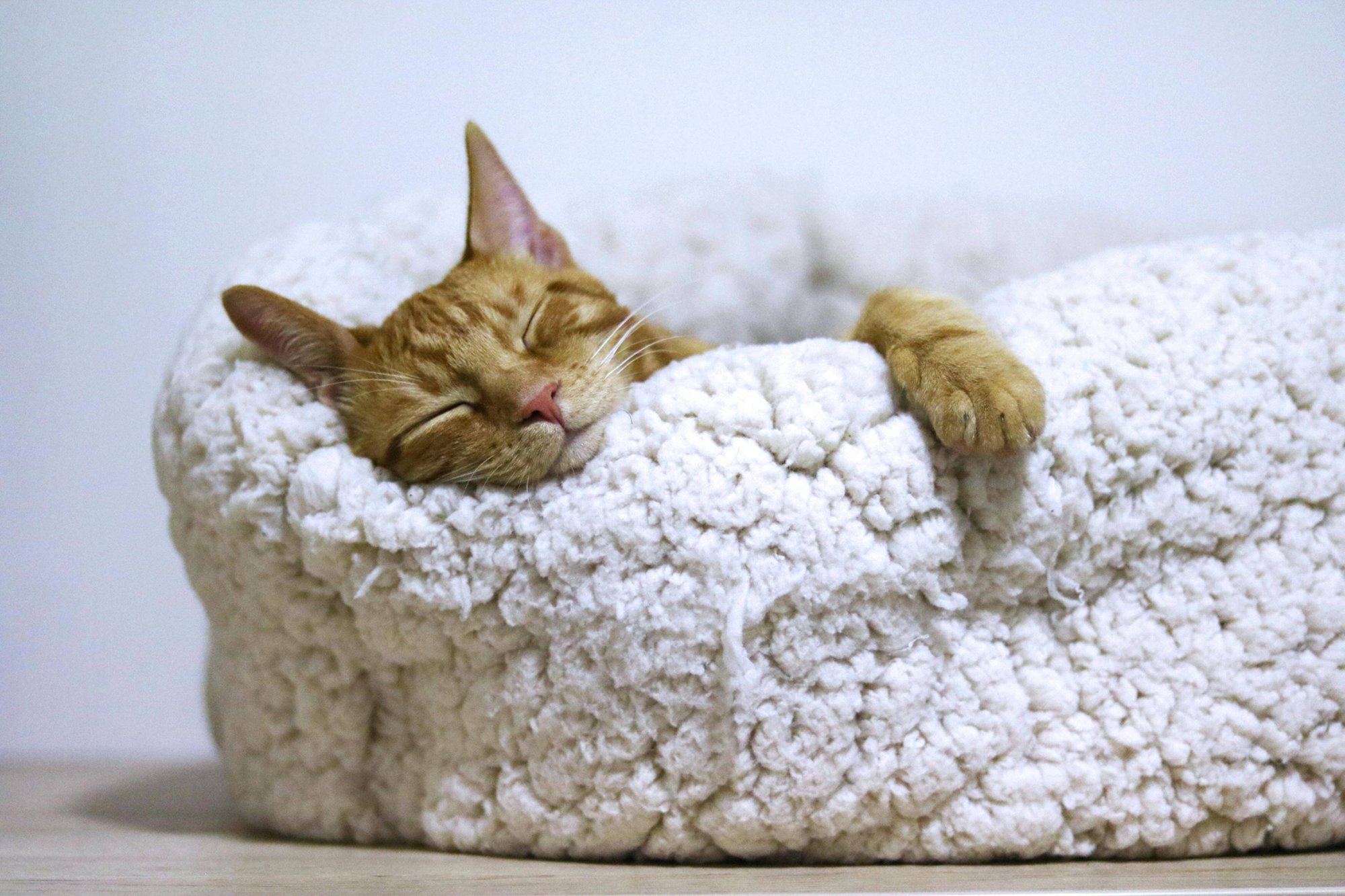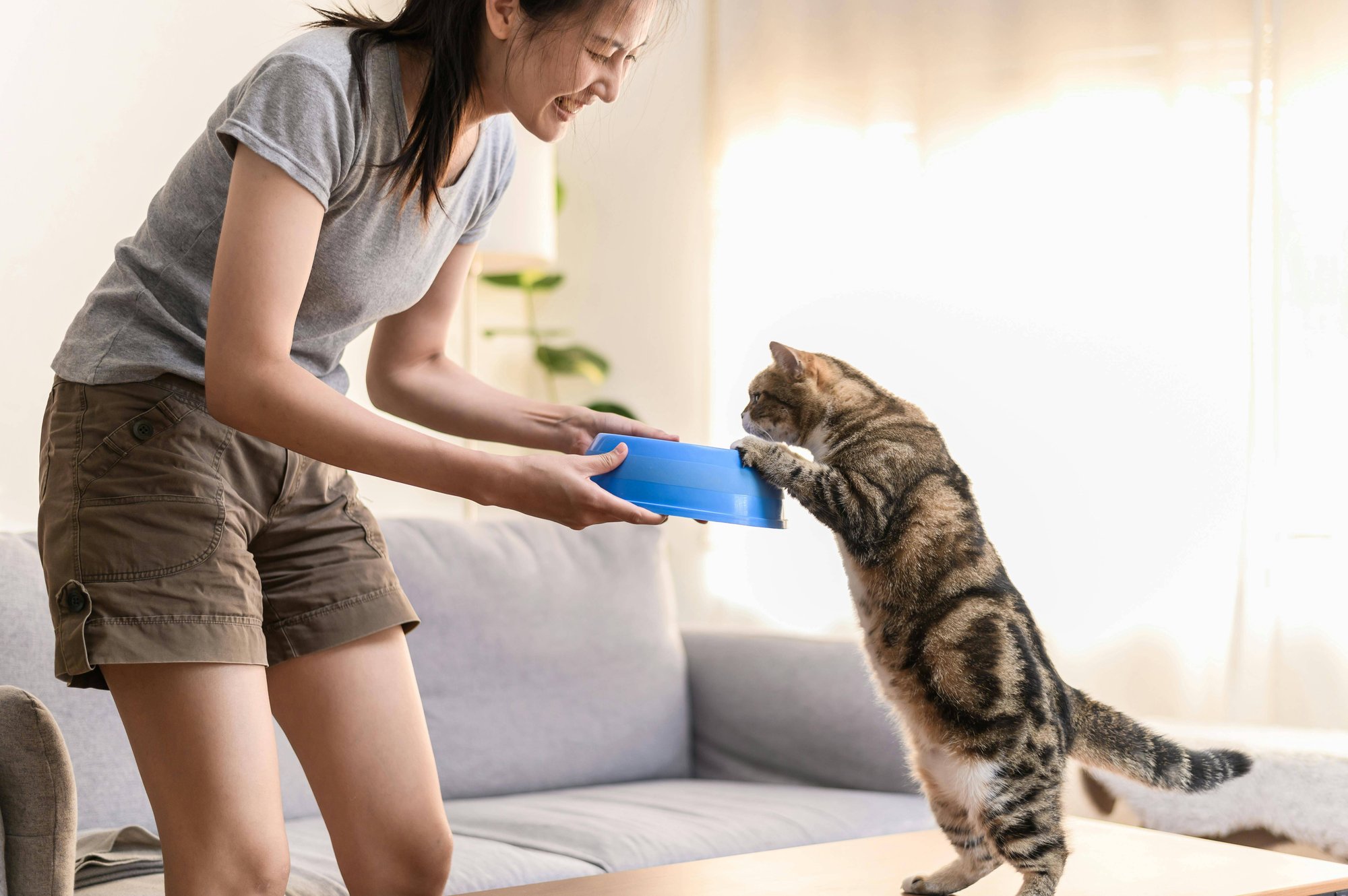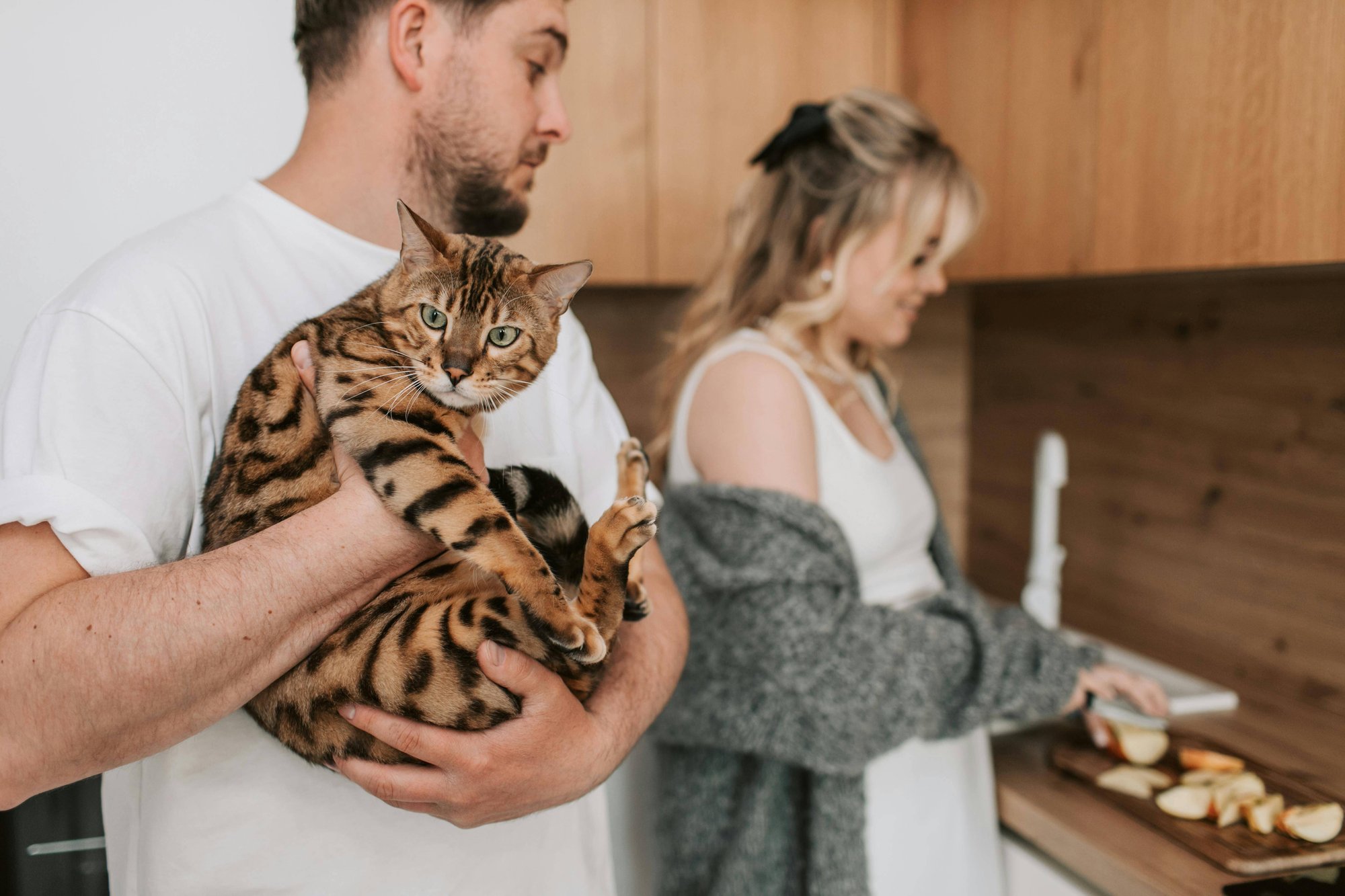In-Home Cat Food Testing Services
Create food that cats love with insights on taste, smell, and texture.
Tour the Highlight Platform
Get your questions answered and see the platform in action with a personalized demo.

Trusted by teams of 1 to 1000+
Feedback from cats and their owners in real homes
Cats can be notoriously finicky, and their preferences directly impact how well your product performs in the market.
With in-home testing, your cat food is evaluated in authentic settings by real pet owners. This ensures feedback reflects genuine reactions to your food’s taste, smell, and texture. Owners provide detailed observations about their cat’s enthusiasm, consumption patterns, and overall satisfaction, giving you a clear picture of how your product performs during mealtime.


Sensory insights to improve cat food appeal
For cats, eating is a multi-sensory experience. Taste, smell, and texture play a pivotal role in whether they accept or reject food. Our testing covers the full range of sensory aspects, for both quantitative and qualitative insights into how cats engage with your product.
Does the smell entice them? Is the texture enjoyable to chew? Do they finish the portion eagerly or leave some behind?
With actionable data, you can fine-tune recipes and formats to create food that stands out on the shelf and wins over even the pickiest eaters.
Targeted feedback from cat owners
Not all cat owners are the same, and your product needs to resonate with your specific market to stand out. Some may prioritize premium ingredients for health-conscious feeding, while others value eco-friendly packaging or convenient portion sizes. Owners of kittens might look for soft, easy-to-chew textures, while those with senior cats may seek specialized formulas to support joint health or digestion.
We’ll place your cat food product in the hands of engaged participants who are most likely to buy your product. This focused approach helps you create a product that builds trust, resonates with your audience, and fosters loyalty in the competitive cat food space.

Resources, events, and more
The latest from Highlight

In the 2025 edition of the Highlight Sustainability Report, we look at year-over-year changes in the data from 2024 and explore how brands can create better products for people and the planet.
DOWNLOAD NOW
Prior to working with Highlight, the Hanes team faced issues related to cost, speed and flexibility. Now, nothing goes to market without a wear test first.
Read now
Beverage innovators, here's what you need to know for 2025, courtesy John Herman of BERO, Alex Doman of Stiller's Sodas, and insights from 2,000 members of Highlight's product testing community.
WATCH NOWChoose faster innovation today.
See why brands like Nestlé, Estée Lauder, Colgate, and more trust Highlight with their physical product testing needs.
Pet Product Testing FAQ
|
In-home cat food testing involves sending your product to carefully selected cat owners who evaluate it in their everyday environments. They observe their cat’s response to taste, texture, and aroma while providing feedback on how the food fits their needs. This approach delivers authentic insights that reflect how your product performs during regular mealtimes. |
- Taste & smell (How appealing the food is to cats)
- Texture & appearance (How cats interact with the food and how it looks to owners)
- Packaging (How easy the packaging is to open, portion, reseal, and store while maintaining freshness)
|
Cats show they enjoy their food through a combination of behaviors and reactions. Signs to look for include approaching the food eagerly, eating with enthusiasm, and finishing most or all of their portion. Cats may also purr, appear content after eating, or show excitement when they see or smell the food. During product testing, these behaviors are recorded by cat owners to provide valuable insights into how appealing your food’s taste, texture, and aroma are. This feedback helps you refine your product to better meet feline preferences and stand out in the market. |
|
Cat food testing evaluates wet and dry food separately to account for their unique characteristics and how cats interact with each format. Wet food is assessed for texture, moisture content, and ease of serving, while dry food is tested for crunchiness, size, and storage convenience. Owners provide feedback on their cats’ preferences for each format, helping you understand which types of food resonate best with your target audience and how to improve their appeal. |
|
Cat food testing participants are carefully selected to match your target audience. This might include owners of picky eaters, cats with specific dietary needs, or those using particular food formats like wet food or kibble. By targeting the right testers, you ensure feedback reflects the preferences of your ideal customers. |
|
Sensory testing focuses on taste, smell, and overall appeal, capturing real-world feedback from cats and their owners. Lab testing, by contrast, ensures safety, nutritional content, and compliance with regulations. Highlight provides turnkey logistics and sensory testing services for cat food. |
|
Most cat food testing projects take about three weeks, from recruiting participants to collecting detailed feedback. This timeline provides you with actionable insights quickly, so you can refine your product and bring it to market confidently. |
|
Yes, sensory testing provides real-world evidence to support claims like “loved by cats” or “preferred by picky eaters.” Feedback from cat owners ensures these statements are backed by genuine experiences, building trust with consumers and enhancing your product’s marketability. |
.png?width=1200&height=627&name=Highlight%20new%20platform%20for%20GA%20(1).png)
.png?width=1000&height=600&name=Untitled%20design%20(13).png)
![[Image] Highlight team Holiday party 2022](https://www.letshighlight.com/hs-fs/hubfs/%5BImage%5D%20Highlight%20team%20Holiday%20party%202022%20.png?width=1920&height=1080&name=%5BImage%5D%20Highlight%20team%20Holiday%20party%202022%20.png)


